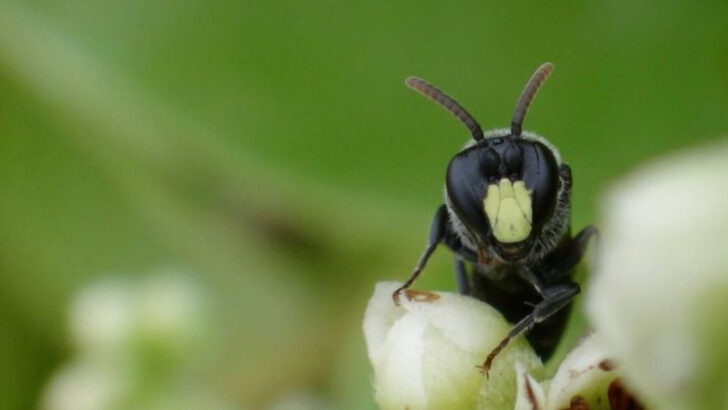No fences. No flashing signs. Just a massive volcano, misty forests, and a sanctuary buzzing with life hanging by a thread.
Haleakalā National Park isn’t just a place for epic sunrises and lava landscapes—it’s ground zero for a quiet, high-stakes rescue mission. Tucked away on Maui, this park shelters more endangered species than any other in the United States. Some can’t be found anywhere else on Earth.
Picture bees that built paradise before humans showed up. A bat that flits through cloud forests like a shadow. Moths that forgot how to fly—and survived anyway. These aren’t just animals. They’re survivors of fire, flood, and feral invaders.
And they’ve all found a last stand at the top of the world, in a place where silence hums with life. Haleakalā isn’t just a park. It’s a lifeline. Want to see what wild looks like on the edge of extinction? Start here.
Kiwikiu (Maui Parrotbill)

The Kiwikiu, or Maui Parrotbill, is a critically endangered bird residing exclusively in East Maui’s rainforests. Known for its distinctive curved beak, this secretive bird is a marvel of adaptation, using its bill to extract insects from tree bark. Despite its elusive nature, the Kiwikiu’s melodic song fills the air, a rare tune in the dwindling forests. Efforts to save this species are vital, as its population remains perilously low. Conservationists are employing innovative methods to safeguard its habitat and ensure its survival for future generations.
‘Ākohekohe (Crested Honeycreeper)
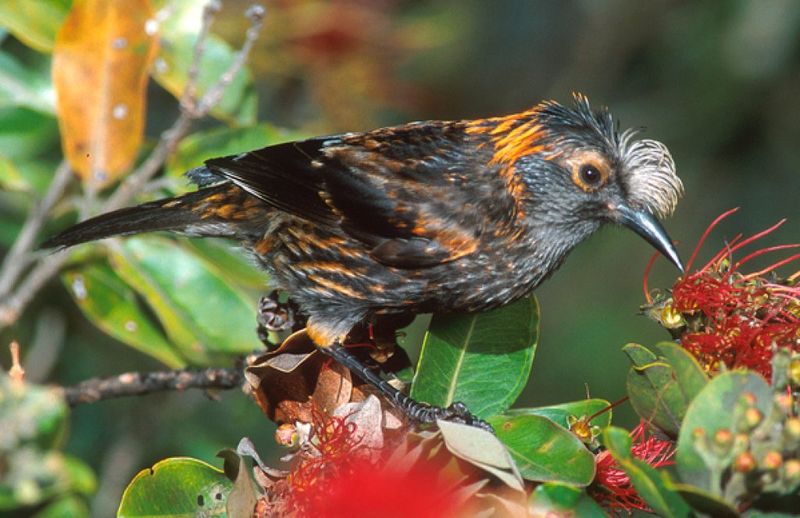
Distinctive for its elegant crest, the ‘Ākohekohe is a critically endangered bird that graces Maui’s high-altitude forests. Its vibrant plumage and unique songs are as captivating as they are rare. Habitat destruction and avian diseases pose significant threats to its survival. Conservation initiatives focus on preserving its natural habitat, ensuring that the ‘Ākohekohe continues to soar across Maui’s skies. Observing this bird in the wild is a privilege, as their numbers continue to dwindle, making conservation efforts all the more urgent and essential.
Nēnē (Hawaiian Goose)
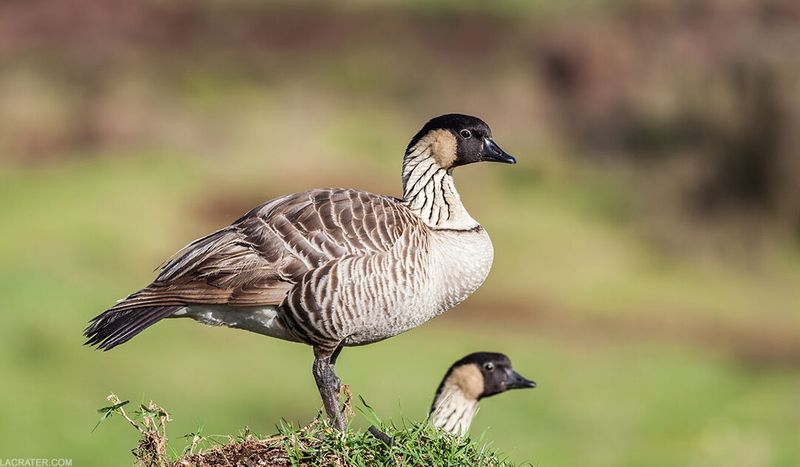
As Hawaii’s state bird, the Nēnē holds a special place in the hearts of Hawaiians. This endangered goose, with its gentle demeanor, graces the volcanic slopes of Haleakalā. Once on the brink of extinction, successful breeding programs have helped their numbers rebound. Yet, challenges persist due to habitat loss and predators. The Nēnē’s survival story is one of resilience and dedication, reflecting the broader conservation efforts within Haleakalā National Park. Witnessing these geese in their natural environment offers a glimpse into Hawaii’s vibrant ecological heritage.
‘Ua‘u (Hawaiian Petrel)
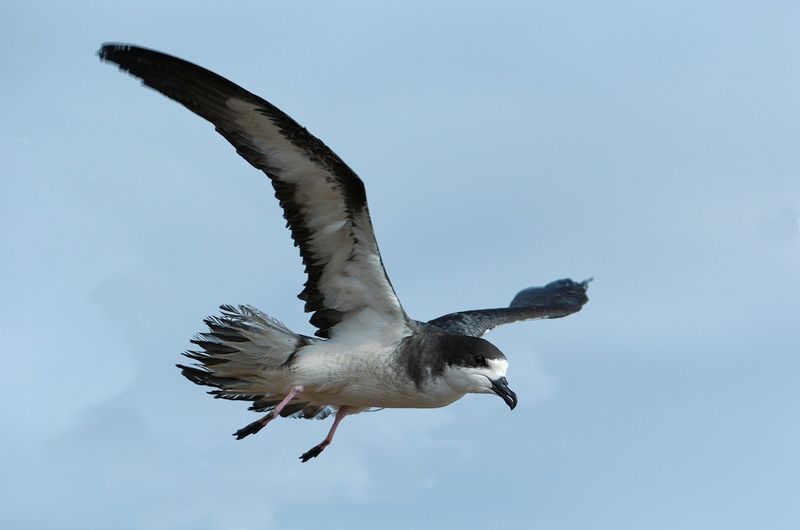
The ‘Ua‘u, or Hawaiian Petrel, is a majestic seabird that nests in the high elevations of Haleakalā. Known for its nocturnal habits, it navigates the night skies with precision. Once threatened by predators and habitat disruption, the population has seen signs of recovery thanks to stringent conservation measures. The haunting calls of the ‘Ua‘u echo through the night, a testament to nature’s resilience. Observing these birds requires patience and respect, as they play a crucial role in the island’s marine ecosystem, bridging the ocean and land.
Hawaiian Green Sea Turtle (Honu)
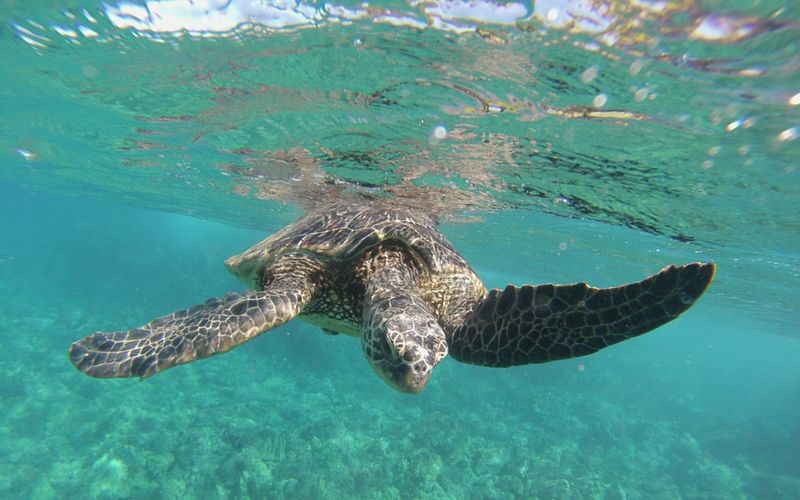
The Honu, or Hawaiian Green Sea Turtle, is a symbol of longevity and peace in Hawaiian culture. Often seen gliding through the crystal-clear waters surrounding Haleakalā, these turtles are a vital part of the marine ecosystem. Conservation efforts have helped stabilize their population, yet they continue to face threats from pollution and climate change. The sight of a Honu basking on the sunlit beaches or swimming among coral reefs offers a moment of serenity and a reminder of the delicate balance within nature’s grand design.
Hawaiian Hoary Bat (‘Ōpe‘ape‘a)

The Hawaiian Hoary Bat, or ‘Ōpe‘ape‘a, is a remarkable nocturnal creature that graces the Hawaiian skies. With its brown, frosted fur and broad wings, it dances in the twilight, feeding on insects. This bat is Hawaii’s only native terrestrial mammal and plays a crucial role in the ecosystem by controlling insect populations.
Once facing threats due to habitat loss, conservation efforts have helped stabilize their numbers. In recent years, the national park has become a sanctuary for these bats, safeguarding their habitat and ensuring their survival for future generations. Their presence signifies a healthy, balanced environment.
Hawaiian Monk Seal

The Hawaiian Monk Seal is a charming and curious marine mammal found along Hawaii’s shores. Known for its playful nature and endearing facial expressions, it spends its days basking on sandy beaches or swimming in the warm ocean waters.
As one of the world’s most endangered marine mammals, the Hawaiian Monk Seal has faced challenges from human activity and environmental changes. The national park offers a vital refuge, where conservationists work tirelessly to protect and monitor their populations, ensuring these seals continue to thrive in their natural habitat.
Haleakalā Flightless Moth
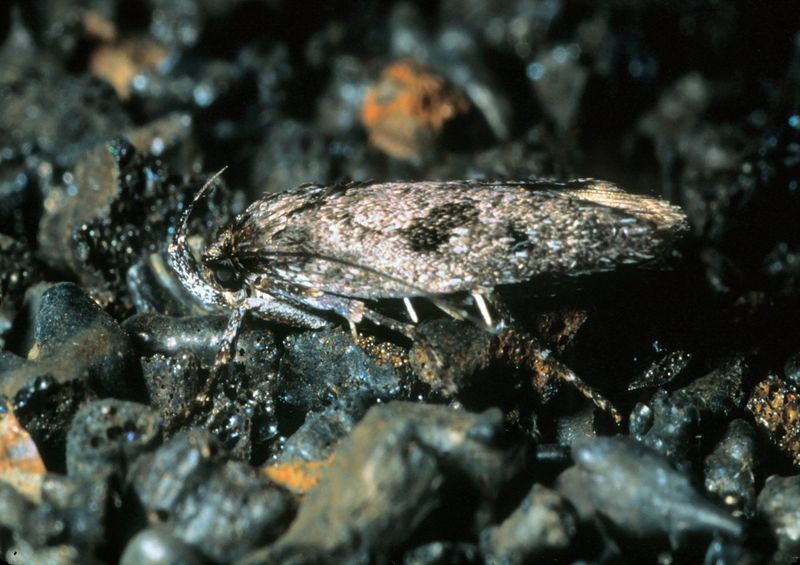
Imagine a moth that defies the very essence of being a moth. The Haleakalā Flightless Moth is exactly that, grounded in its volcanic home. Unlike its airborne cousins, this moth lives its entire life without wings.
This peculiarity allows it to thrive in the harsh winds of the Haleakalā summit. Despite its inability to fly, it has adapted remarkably, showing nature’s ingenuity.
A fascinating aspect of its life is its nocturnal nature. It seeks out its food under the moonlit skies, adding mystery to its existence.
Yellow-Faced Bees (Nalo Meli Maoli)

The Yellow-Faced Bees, known locally as Nalo Meli Maoli, are the unsung heroes of Hawaiian ecosystems. These tiny bees are crucial pollinators, yet they often go unnoticed.
Their small size belies their importance in maintaining the health of native plants. Each flight they take contributes to the vibrant tapestry of Haleakalā’s flora.
Facing threats from habitat loss and invasive species, these bees represent resilience. Their presence is a testament to the park’s efforts in conservation and protection of indigenous species.
Partulina Snails
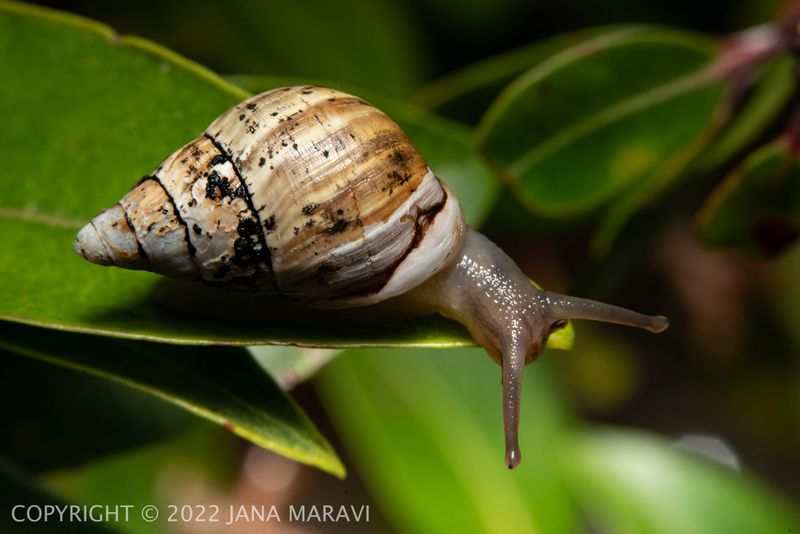
In the lush undergrowth of Haleakalā, Partulina snails play a vital but often overlooked role. These snails, unique to Hawaii, have beautifully spiraled shells that captivate the onlooker.
They are integral to the ecosystem, aiding in the decomposition process that enriches the soil. Despite their small size, their contribution is immense.
Sadly, they face existential threats from introduced predators. Conservation efforts within the park aim to ensure their survival, highlighting the delicate balance of nature that Haleakalā strives to maintain.

